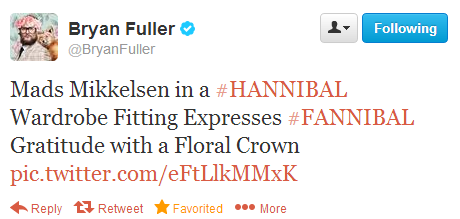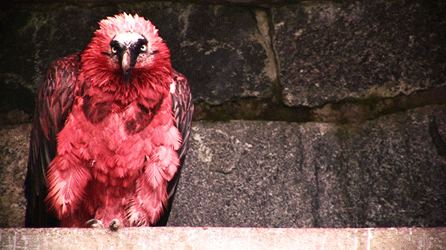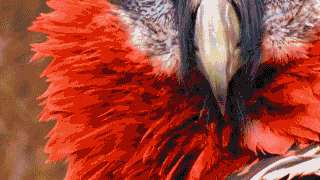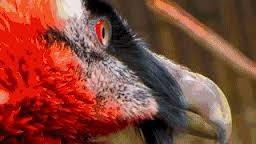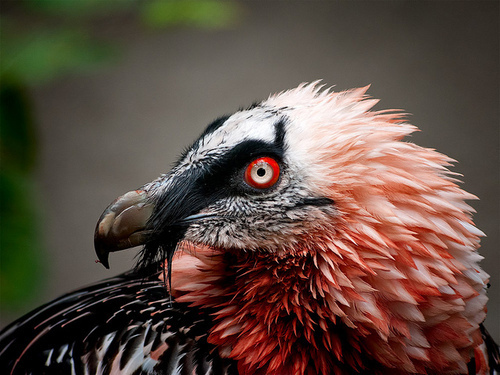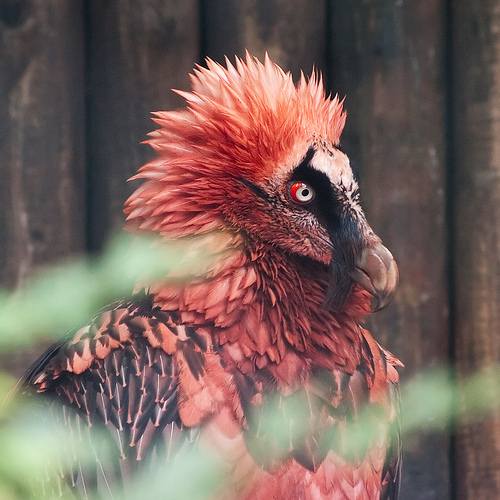G.D. Falksen's Blog, page 1030
September 5, 2013
“Ashiok, Nightmare Weaver” by Karla Ortiz
Ylvis - The Fox [Official music video HD] (by tvnorge)
Stop what...
Ylvis - The Fox [Official music video HD] (by tvnorge)
Stop what you are doing and watch this video right now.
THOSE WHO HAUNT THE EARTH: RUSALKA
According to Slavic folklore,...
THOSE WHO HAUNT THE EARTH: RUSALKA
According to Slavic folklore, a rusalka is the spirit of a young women who was murdered in or close to a lake or river. They appear as beautiful young women with bright green eyes who try to lure men and children into the water, where they will drown them. Their shrill laughter is known to be deadly to humans. A rusalka can leave the water at night to sing in trees or join other rusalki to dance in the local meadows, but she cannot live long on dry land. However, rusalki are kept safe with magical combs, which give them the power to conjure water when they need it. According to some legends, should a rusalka’s hair dry out, she will die. A rusalka’s fate can also be undone by avenging her death.
Black Hours, Bruges, c. 1470
This Book of Hours, referred to as...
Black Hours, Bruges, c. 1470
This Book of Hours, referred to as the Black Hours, is one of a small handful of manuscripts written and illuminated on vellum that is stained or painted black.
The black of its vellum—the very thing that makes the codex so striking—is also the cause of some serious flaking. The carbon used in the black renders the surface of the vellum smooth and shiny—a handsome but less than ideal supporting surface for some of the pigments.
The anonymous painter of the Black Hours is an artist whose style depended mainly upon that of Willem Vrelant, one of the dominant illuminators working in Bruges from the late 1450s until his death in 1481.
Digital Facsimile at the source link.
Blazer
c.1928
Museum at FIT
September 4, 2013
Detail view an oaken casket lid containing a preserved Norse...
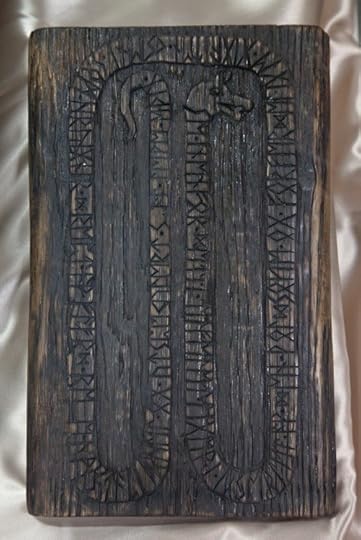
Detail view an oaken casket lid containing a preserved Norse giant’s heart. (5th century)
The inscription on the casket is written in old Norse runes and reads…“Behold! Within this casket lies the heart of the fierce and terrible giant known as Hrungnir, slain this day by Fafrd the Red whose bravery and cunning shall live forever!”


